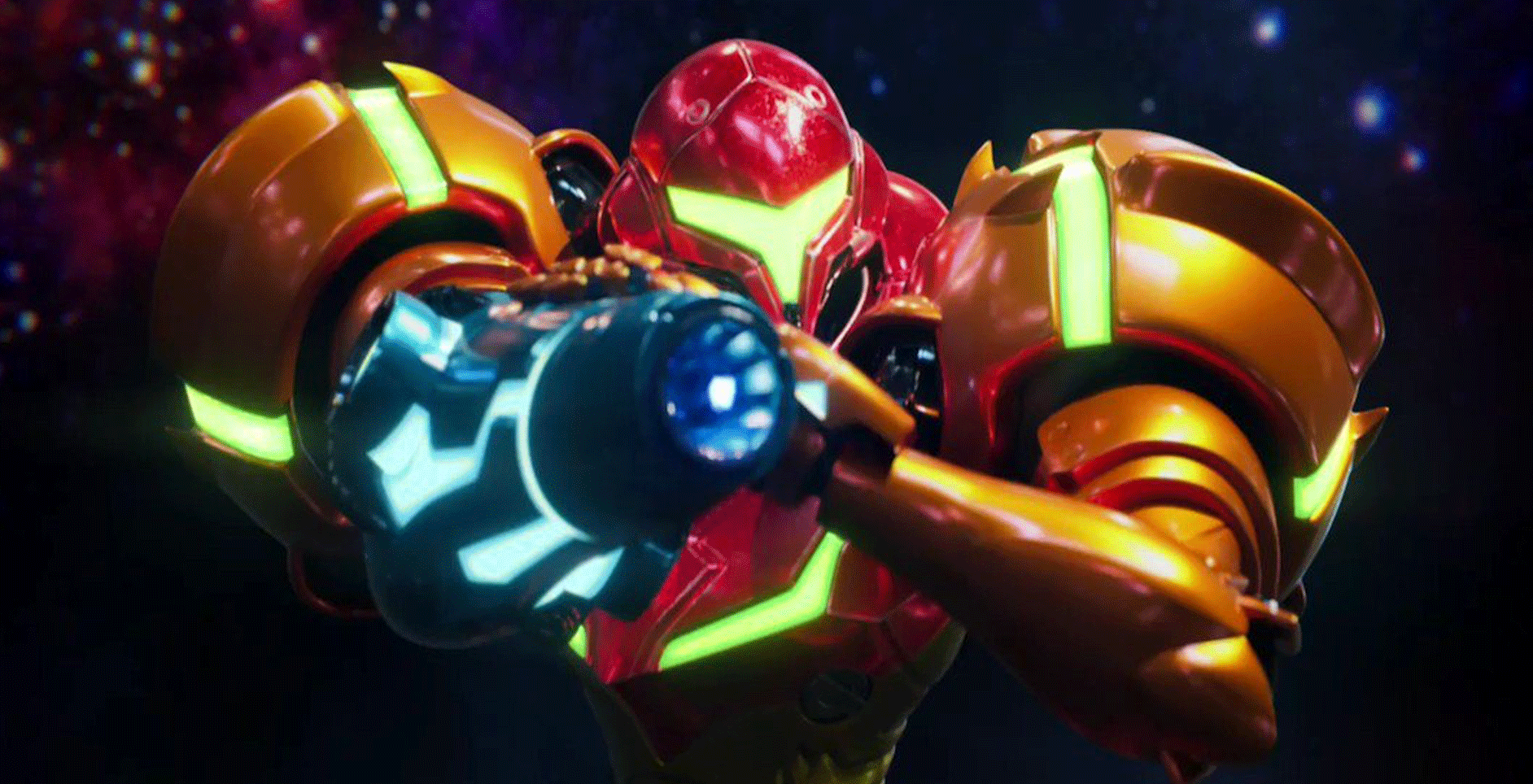I don’t know about you, but I had lost hope. There hasn’t been a great, explorative Metroid game in a little over a decade. When Other M came along, I had honestly thought that Sakamoto had forgotten the elements that made Metroid great and after that game’s icy reception I suspected maybe the franchise was done for good. I’m happy to report that rumours of Metroid’s demise were greatly exaggerated – Metroid: Samus Returns (M:SR) is a stellar return for the series.
Samus Returns is a remake of Metroid 2, a game for the original GameBoy which while being revelatory in its time is difficult to play these days. I’ve tried on more than one occasion to exterminate the Metroids on their home planet of SR388 but given up due to a lack of maps and the claustrophobic feeling from the GameBoy’s tiny screen. Of all the past Metroid games, Metroid 2 was the one most in need of a modern, accessible remake and that’s exactly what MercurySteam have provided.

Samus Returns takes the underlying structure of Metroid 2 and takes liberties with the map layout and combat to modernise the game for 2017 audiences. Teleporters have been added sparingly around the different map areas, but they don’t cheapen the exploration as I suspected they might – rather they just act to prevent you needing to retread old ground any more than you really want to. Speaking of the map – there is one in Samus Returns and it makes a huge difference to playability compared to the original. You can place markers on the map screen too. Anyone who has played a Metroid before will know the feeling of finding an upgrade that is just out of reach, that you have every intention of coming back to but by the time you have the ability to get there you’ve just forgotten about it. Markers help greatly here, making it ever so slightly easier to go for that perfect run.
Exploring the map and finding collectable upgrades is a huge part of the Metroid series’ appeal and forms an important part of M:SR’s gameplay too. Like with the teleporters, concession has been made to help with uncovering secret paths through the scanning Aeion ability. This ability uses Aeion power, a newly added resource gained by defeating enemies and allows you to scan large portions of the map around Samus. Doing so will uncover layouts on the map screen, much like finding a map terminal in other Metroid games, along with a visual and aural indicator if there is a secret path nearby. This doesn’t diminish the puzzle elements of M:SR’s gameplay at all in my mind. Finding invisible paths is only the start of a puzzle – it’s as satisfying as ever to use your understanding of Samus’ abilities and movement to actually reach the items.
The second major element of any Metroid game alongside exploration is the action, and Samus Returns adds some abilities here that change the way you approach combat. Most hostile creatures in the game will charge at Samus when close enough, often too fast for you to deal with them with your beam weapons. For these situations, M:SR introduces a melee counter attack. Requiring some modicum of timing (the window is pretty wide for most enemies, to be fair) you can whack’em back to stun the attacking creature and immediately counterattack. This skill is an essential one to learn as many creatures you’ll encounter are armoured and near invulnerable unless you counterattack them and to uncover a weak spot.
I was in two minds about this change to begin with. It is jarring, going from past Metroid games where you rely on movement and projectiles and replacing this with a stop/start combat where you really need to wait, lure enemies in and counter to be successful. Enemy attack patterns and layouts have been well designed around this ability, but I am pretty ambivalent on it overall. It’s not something I’d want added as a standard feature in Metroid games from here on out, but it works well enough here that it helps make combat feel distinct from other games in the series. It does feel pretty great to nail the occasional string of quick counters to be sure. Boss encounters are a combat highlight, some demanding precise control and other some elements of puzzle solving too – some of the later bosses are quite difficult but greatly satisfying to conquer.
It’s certainly nice that while you’re exploring and fighting across the planet SR388, the environments you’re running through look really spectacular. The background behind the play area is always alive with movement of local creatures, natural rivers or lava flow. It’s not so prominent as to be distracting but adds dimension to the environments, making them feel like natural habitats as well as carefully constructed game levels. Samus herself is great too, with her iconic suits rendered in great detail. MercurySteam seem to have pushed the 3DS about as far as it could to produce an impressive presentation for the platform. Bucking a trend of late, the game can be played in stereoscopic 3D as well. I personally didn’t use this all that often but the times I did performance did not seem adversely affected. The music is similarly great, though I feel it was overly familiar. Too much of M:SR’s music seemed pulled straight from Metroid Prime. Prime’s music is still as great as it ever was, but would have appreciated unique arrangements of familiar themes rather than the same music I’ve heard countless times before.
I didn’t know what to make of Metroid: Samus Returns on it’s announcement. Metroid 2 is the game in it’s series in most dire need of modernisation but after some past missteps in trying to build a Metroidvania style game I wasn’t not entirely confident that MercurySteam could do the series justice. After playing the game though, my worries quickly faded. The melee counter will be divisive, but boss fights are immensely enjoyable to overcome. Exploration and puzzles are a joy and overall the game scratched that Metroid itch that’s been sitting around for far too long.



